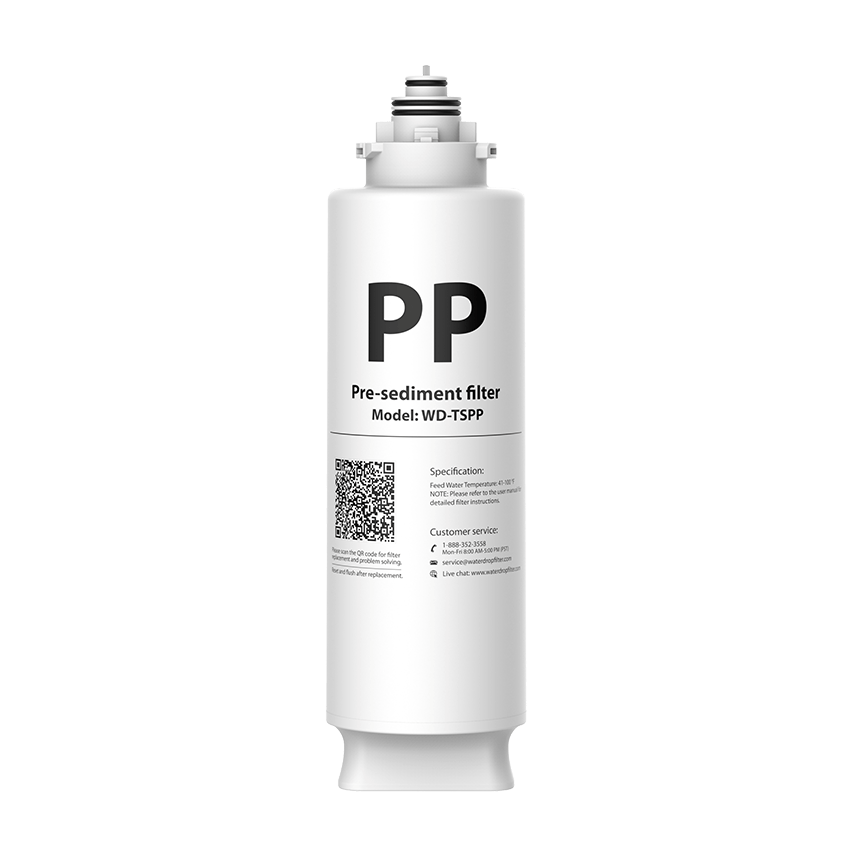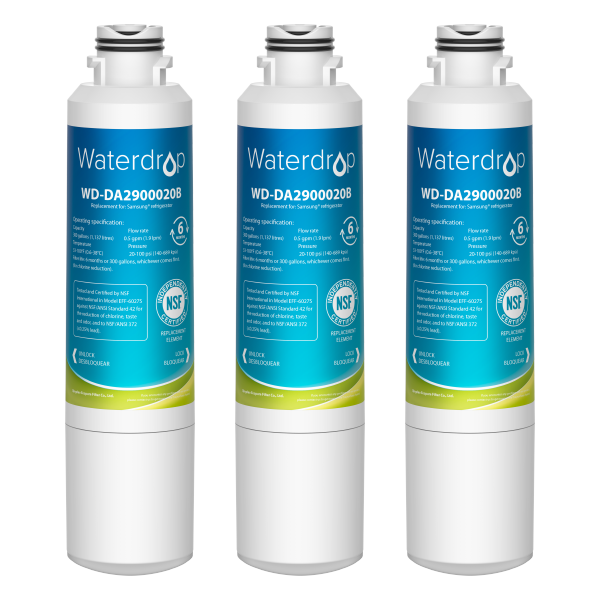The Best TDS Level for Drinking Water in Australia
by Dr. Jonathan Doyle - Updated March 25, 2025
Water quality is a critical factor in maintaining a healthy lifestyle, especially when it comes to the water you drink. Total Dissolved Solids (TDS) are a measure of the concentration of dissolved substances in your drinking water, such as minerals, salts, and metals. While TDS is an important indicator of water quality, finding the ideal TDS level for drinking water can be tricky.
If you’re living in Australia, it’s essential to know what TDS level is best for drinking water, as this can greatly impact both the taste and health benefits of the water you consume daily. In this article, we’ll dive into everything you need to know about TDS, the ideal levels for drinking water, and how to manage TDS levels for the best drinking experience.
What Is TDS and Why Does It Matter for Drinking Water?
TDS stands for “ Total Dissolved Solids ,” which refers to the concentration of dissolved substances in water. These substances can include a variety of minerals, salts, and metals, such as calcium, magnesium, sodium, chloride, sulphates, and bicarbonates .
TDS is measured in parts per million (ppm), which essentially indicates the concentration of these dissolved solids in the water. The higher the TDS level, the more minerals and other substances are present in your water.

How TDS Affects the Quality of Drinking Water?
The TDS level of water has a direct impact on both its taste and safety for consumption. While some minerals are beneficial for health, excessive levels of certain substances can lead to unpleasant tastes and potential health risks. For example:
- High TDS levels may lead to salty or metallic-tasting water, which can make drinking less enjoyable. It can also indicate the presence of harmful substances like heavy metals, which are unsafe to consume.
- Low TDS levels might result in water that tastes flat or bland, as it lacks certain essential minerals like calcium and magnesium, which contribute to the natural taste of water.
In Australia, most tap water has a TDS level that falls within a specific range, but it can vary greatly depending on your location, local water treatment processes, and the source of your water.
The Australian Standards for Drinking Water TDS Levels
When it comes to drinking water, there is no one-size-fits-all answer regarding the perfect TDS level. However, there are general guidelines and recommendations provided by various health organizations and experts.
The Australian Drinking Water Guidelines, provided by the National Health and Medical Research Council (NHMRC) , recommend that the TDS levels in drinking water should generally fall between 50 to 500 ppm. This range ensures the water is safe to drink, while also offering an optimal taste profile.

However, the ideal TDS range for drinking water varies depending on individual preferences and specific health considerations. Below is a breakdown of the different TDS ranges and their impact on water quality:
1. Low TDS (Below 50 ppm)
Water with a TDS level below 50 ppm is considered very low in dissolved minerals. While this water may taste flat or “bland,” it’s typically free of contaminants. This level of TDS is often found in distilled water.
Pros: Very clean and free from impurities, making it suitable for individuals with specific health needs or those on low-sodium diets.
Cons: Lacks essential minerals like calcium and magnesium, which are important for overall health. It can also taste flat and unappealing to many people.

2. Moderate TDS (50-300 ppm)
Water with TDS levels in this range is often considered ideal for most people. It has enough minerals to provide a pleasant taste, yet it is low enough to avoid any unpleasant aftertaste or the presence of harmful contaminants.
Pros: Offers a balanced taste and contains essential minerals that contribute to a healthy diet.
Cons: Can still contain some levels of contaminants if the water quality is not properly managed.
3. High TDS (Above 300 ppm)
When the TDS level exceeds 300 ppm, the water may start to have a noticeable taste that could be salty, metallic, or otherwise unpleasant. High TDS levels could indicate contamination or the presence of excess minerals, such as calcium or sodium.
Pros: Some mineral-rich waters may have higher TDS levels and can be beneficial for people seeking mineral supplements.
Cons: Water with high TDS is often associated with poor taste, and excessive levels of certain minerals or contaminants may pose health risks over time.

4. Very High TDS (Above 500 ppm)
Water with TDS levels above 500 ppm is typically considered unsuitable for drinking due to the high concentrations of salts, metals, and other dissolved solids. It can have a very unpleasant taste and may lead to health problems if consumed over a long period.
Pros: Water in this category may still contain beneficial minerals.
Cons: It’s often associated with contamination and is generally unsuitable for drinking unless it undergoes further purification.
TDS Levels in Australian Tap Water
In Australia, tap water quality is generally very good, thanks to strict water treatment standards set by local and state governments. The TDS levels of tap water vary depending on the region. For example, water in rural or remote areas may have higher TDS levels due to natural minerals in the groundwater, while urban areas with advanced water treatment systems may have lower levels.

In metropolitan cities like Sydney, Melbourne, and Brisbane, TDS levels in tap water are often between 50 and 300 ppm, which is considered ideal for drinking. However, if you’re concerned about the quality of your tap water, it’s always a good idea to test the TDS levels in your area.
How to Reduce High TDS in Drinking Water?
If you find that your water has high TDS levels, there are several methods you can use to reduce the concentration of dissolved solids and improve its taste and safety. Some common ways to lower TDS in drinking water include:
Reverse Osmosis (RO) Filters
Reverse osmosis is one of the most effective methods for removing dissolved solids, contaminants, and impurities from water. RO filters can reduce TDS levels by up to 99%, providing you with water that is clean and free from harmful substances.
Distillation
Distilled water is created by boiling water and collecting the steam, which is then condensed back into liquid form. This process removes nearly all dissolved solids, resulting in water with very low TDS.
Conclusion
The ideal TDS level for drinking water in Australia generally falls between 50 to 500 ppm, with levels in the 50 to 300 ppm range being considered the most optimal for taste, health, and safety. It’s important to note that water quality varies by location, and you should regularly check your local water’s TDS level to ensure it falls within safe and acceptable ranges.
If your water has high TDS levels, consider using a water filter system like reverse osmosis or distillation to improve the water’s quality and taste. Remember that while TDS is an important factor in water quality, it’s just one piece of the puzzle. Be sure to consider other factors such as the presence of contaminants and local water treatment standards when assessing the quality of your drinking water.
Contaminants Detected in Fruitland Water Special Service District
30
Contaminants
EXCEED EWG HEALTH GUIDELINES
EXCEED EWG HEALTH GUIDELINES
30 Total Contaminants in Your Water
Water Provider
Fruitland Water Special Service DistrictPopulation Affected
120,000Water Source
Ground waterExceeds Guidelines
Others Detected









